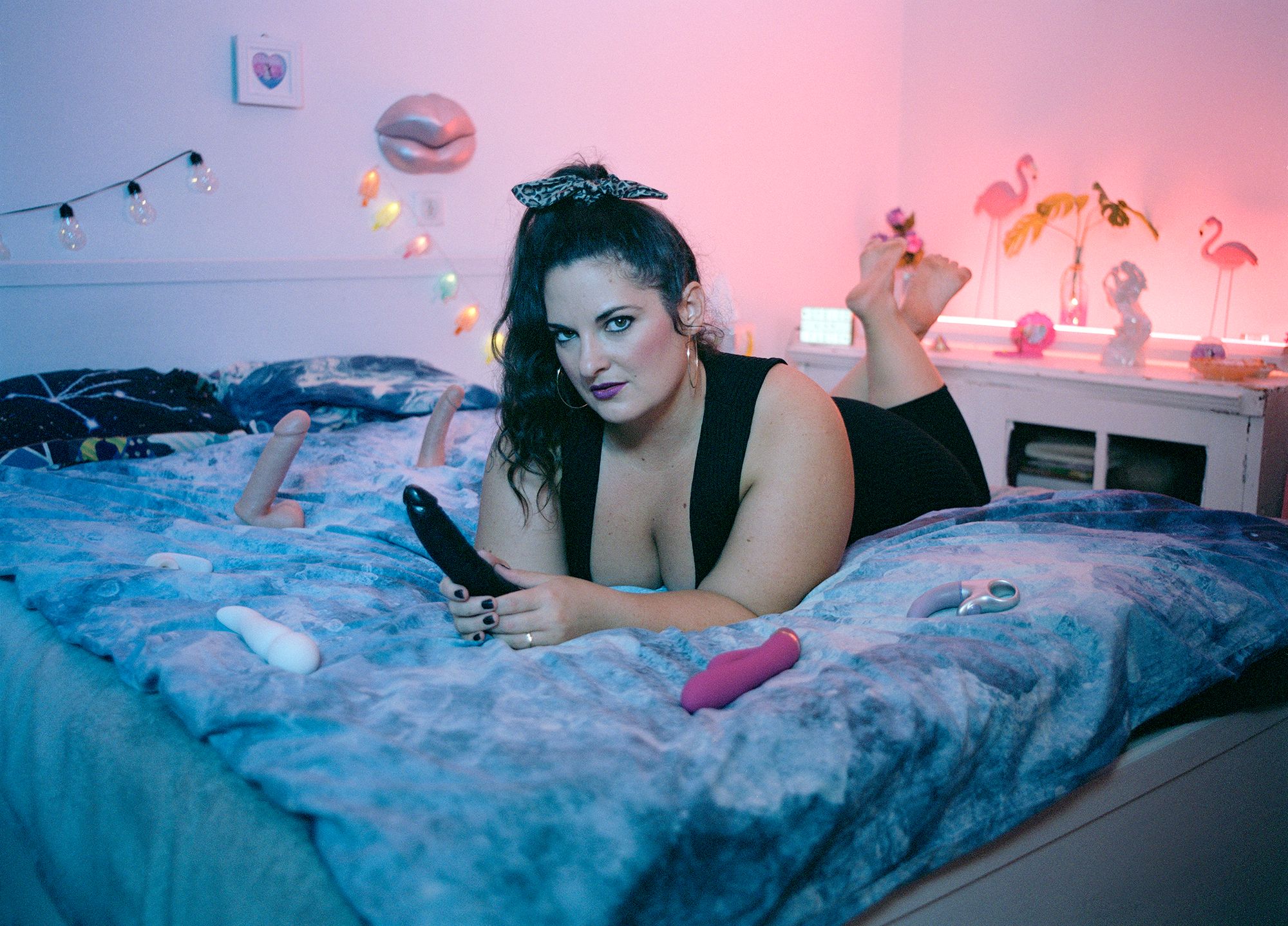Éva Szombat had spent five years studying women’s sexuality: their stories, traumas and joys, desires, and sex toys. The series I Want Orgasms, Not Roses was awarded the Robert Capa Grand Prize in 2021, and in 2022 it was finally published in book form by none other, than the renowned Kehrer Verlag, in collaboration with Everybody Needs Art. Portraits and quotes that lead from shame to vibrators, sexual liberation, and self-acceptance.
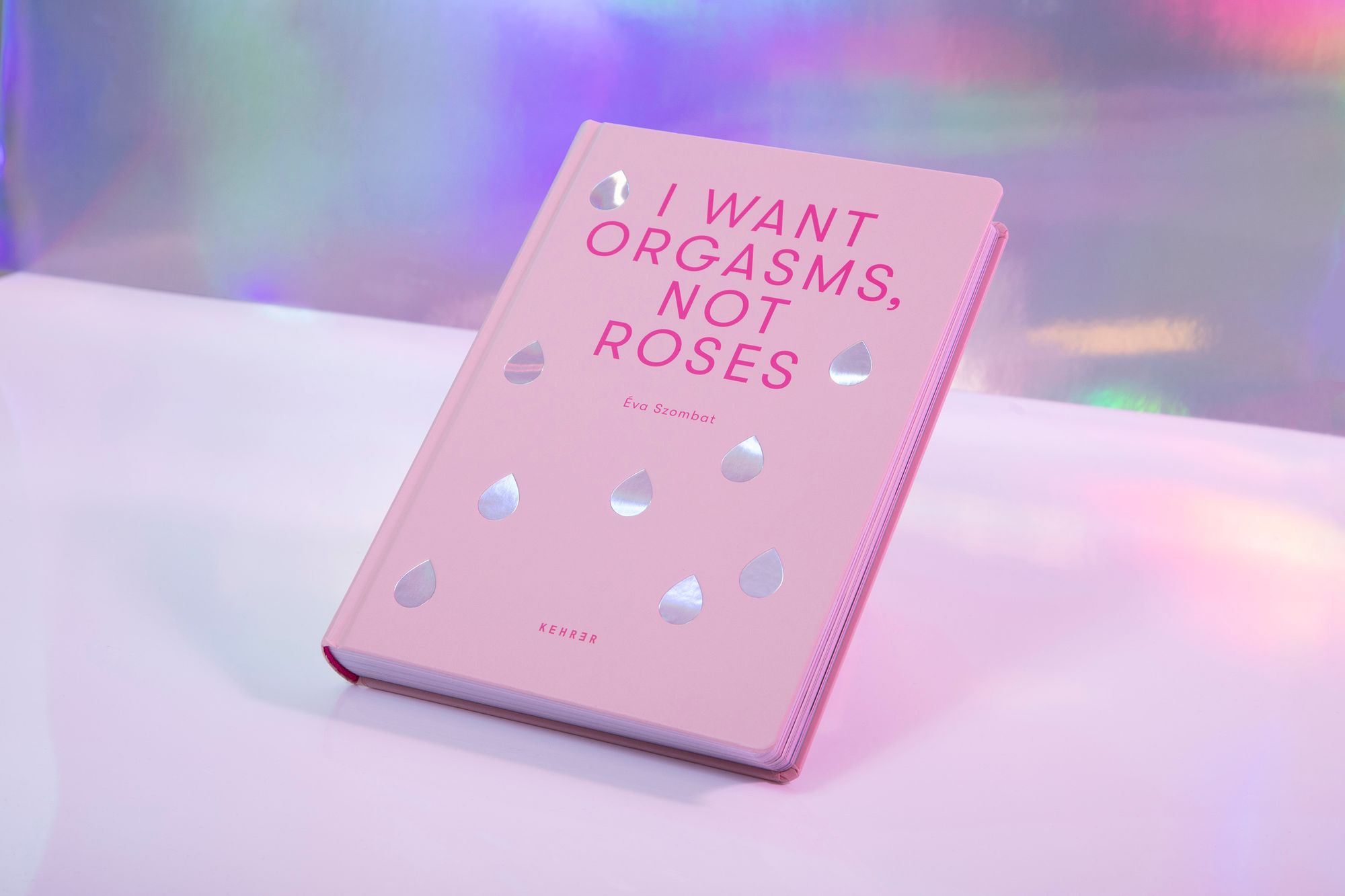
What’s your personal story behind the series?
I became comfortable with myself, my body, and my sexuality by the age of 30, I became confident and found myself in a good relationship. I bought my first vibrator at that time, by which I had been intrigued for a long time then, but I had always been afraid, embarrassed by it. Finally, my husband and I bought one together, and later I took a photo of it, posted it and it was also put on display. At the same time, it struck me how much the subject of sexuality—especially female sexuality—is repressed in society. It’s not appropriate to talk about it, and girls in general are brought up to be coy and quiet.
Is that the type of conditioning you wanted to challenge?
Yes, I was thinking how nice it would be to stir this taboo up a bit, how interesting it would be to see what kind of sex toys girls have, because on the one hand these look amazing, and on the other hand it would be nice to talk about this. At first, I thought that no one would want to do it, but then I posted a call on Instagram for anyone who’d want to participate with their sex toys, their names and faces.
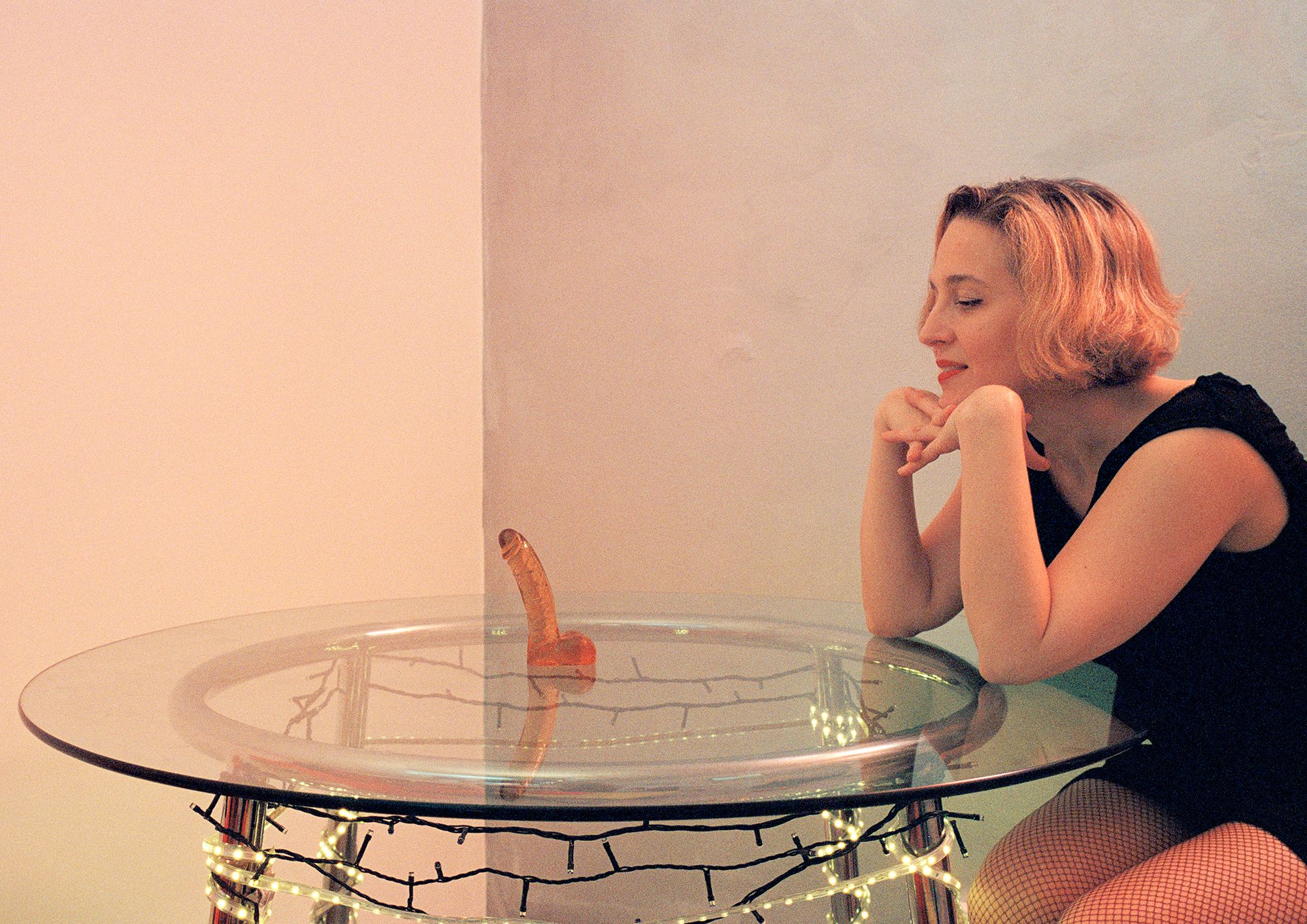
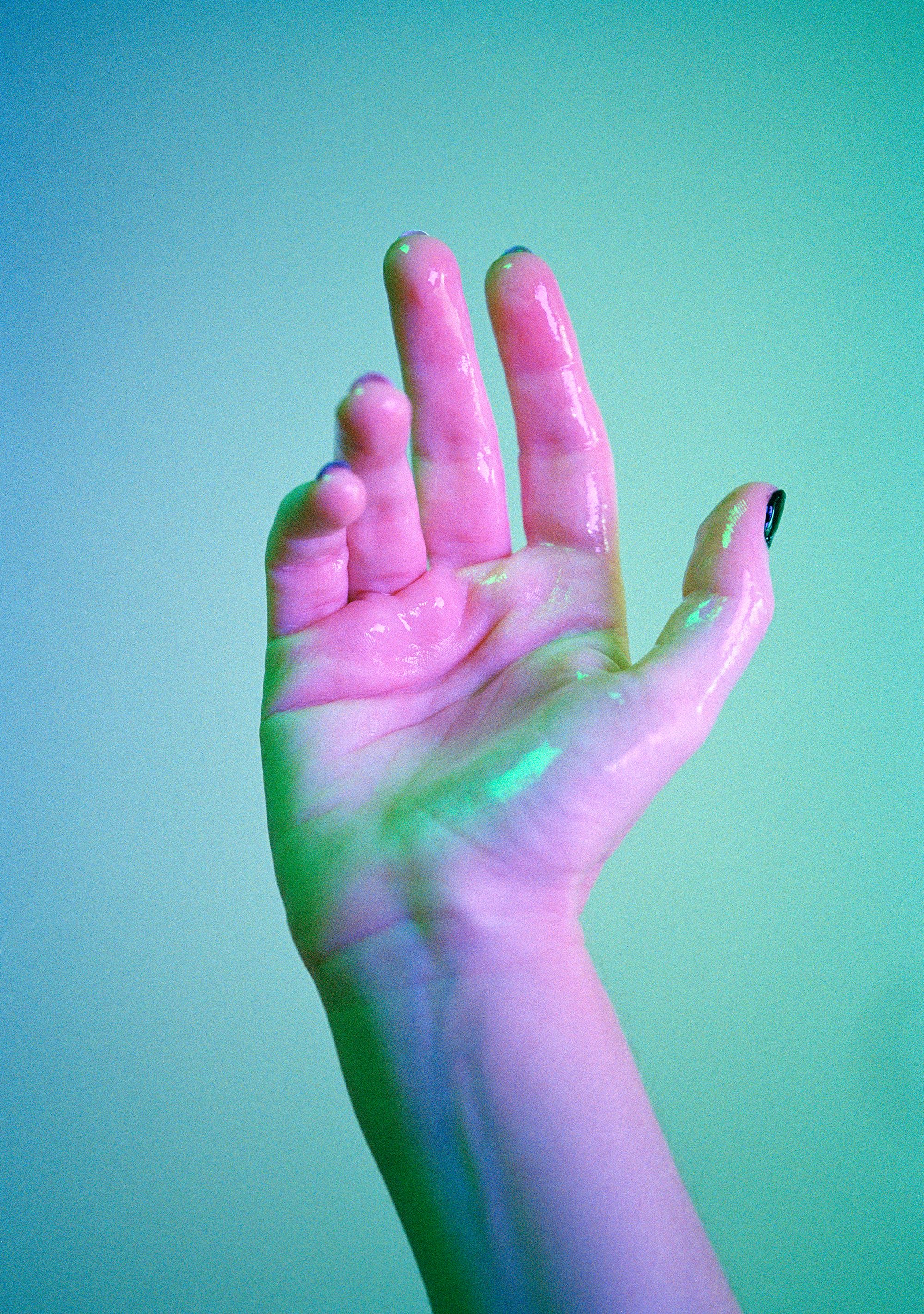
How many people contacted you? Girls only?
There was one boy who then changed his mind in the end, but a lot of girls contacted me, which was a surprise. That means that there’s a desire to talk about this, and they also think it’s important, so I started taking photos.
What was the process like, what was your method?
At first, I was a bit embarrassed because it’s a really intimate thing. Sometimes, we would talk on the phone for hours, I would show pictures, and if someone didn’t know me, I’d tell them what this was all about. It was also important that I also took pictures of myself, so I’m not just a voyeur, but I’m also revealing what I have. So I tried to build a trusting relationship with them, I always told them to do what they were comfortable with, if they wanted to be in a sweater, that was okay, and if they wanted to be naked, they should be naked. I also stressed that we would choose the pictures together at the end.
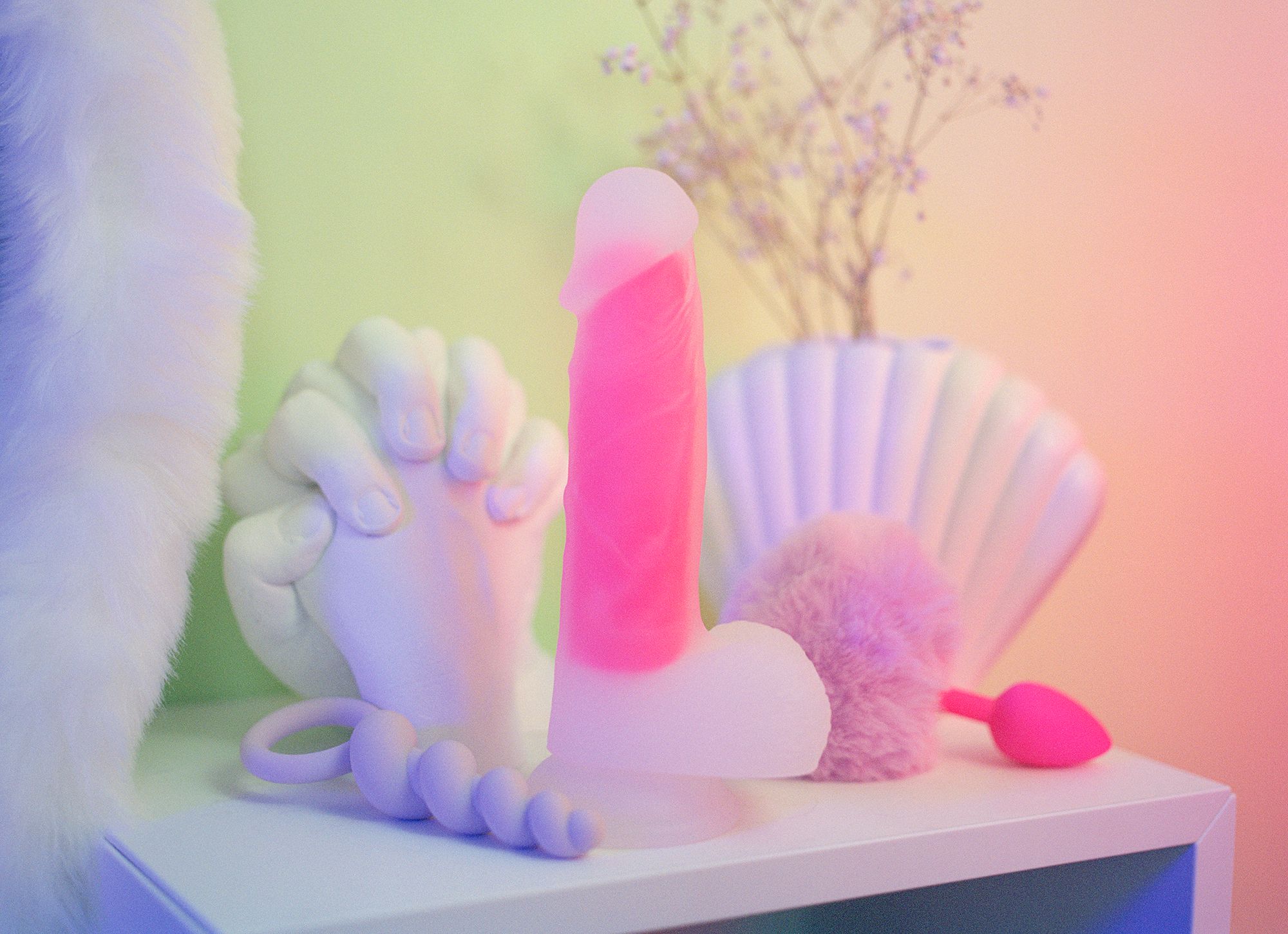
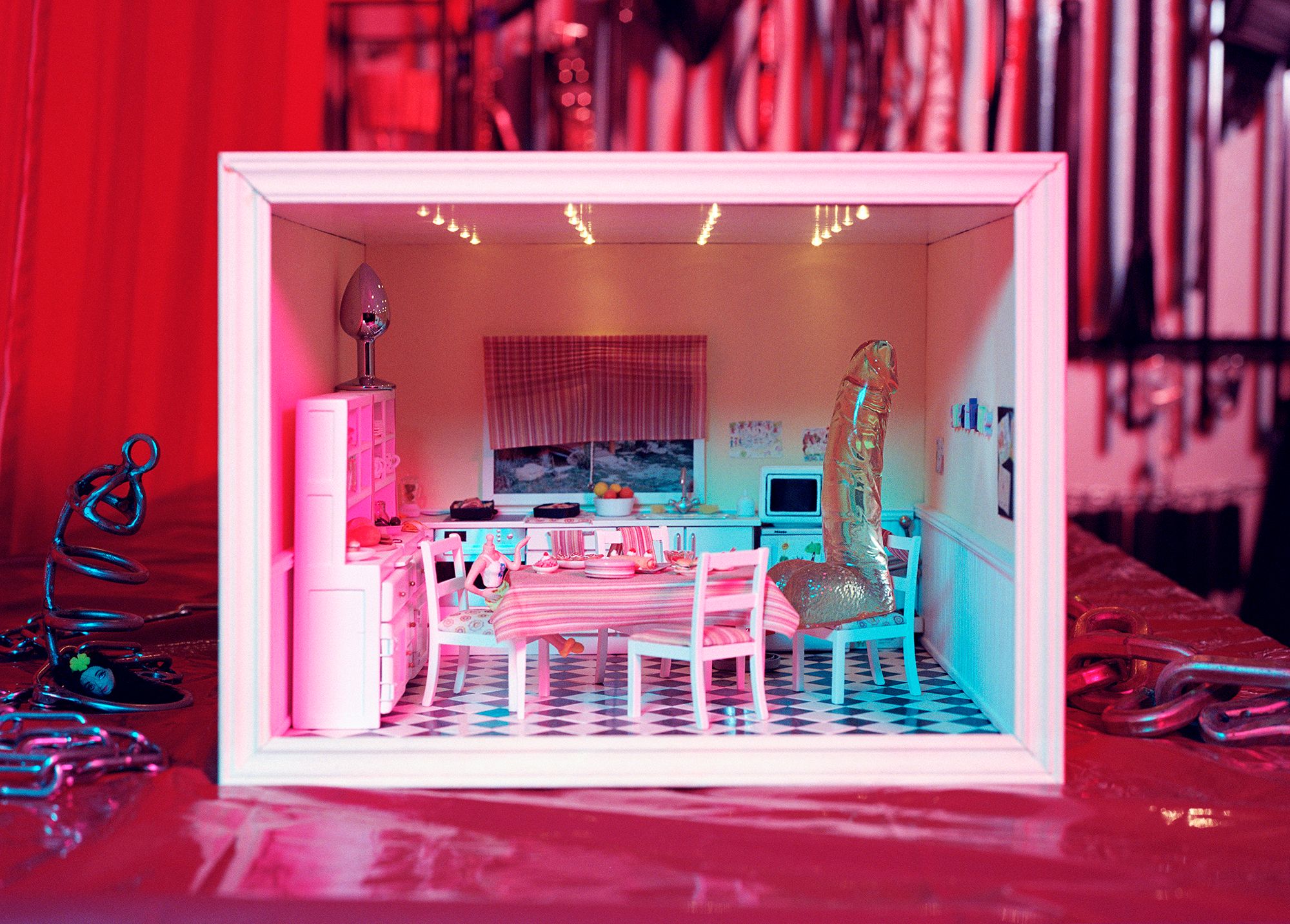
When did the project become serious?
There were people who opened up after a few sessions and started to talk about their first sexual experiences, different traumas. Then it hit me that this isn’t just a funny story with taboo-busting pictures, it’s something much deeper. So I started to take it more seriously, like looking for models, to include all ages, body types, professions, and sexual orientations.
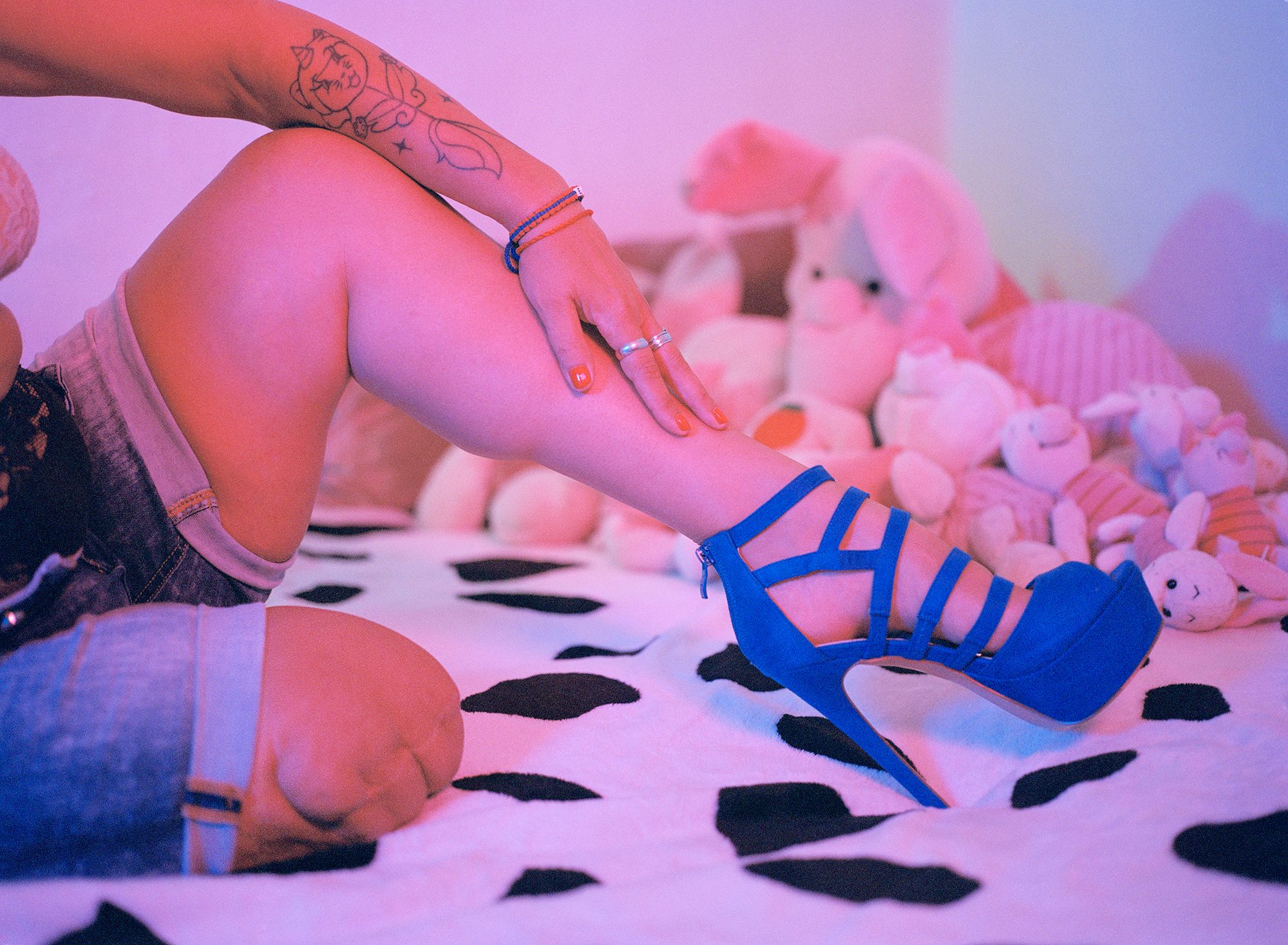
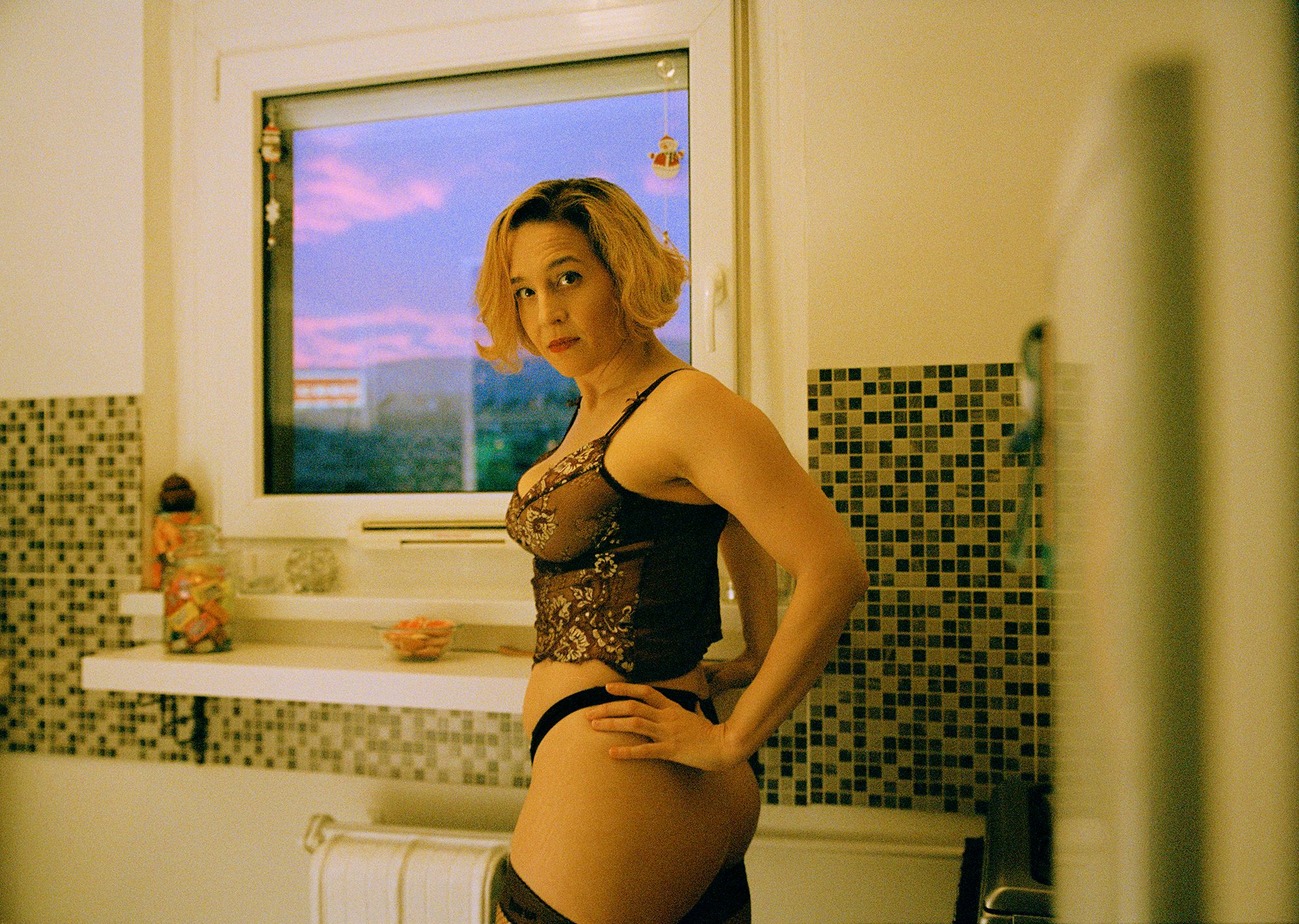
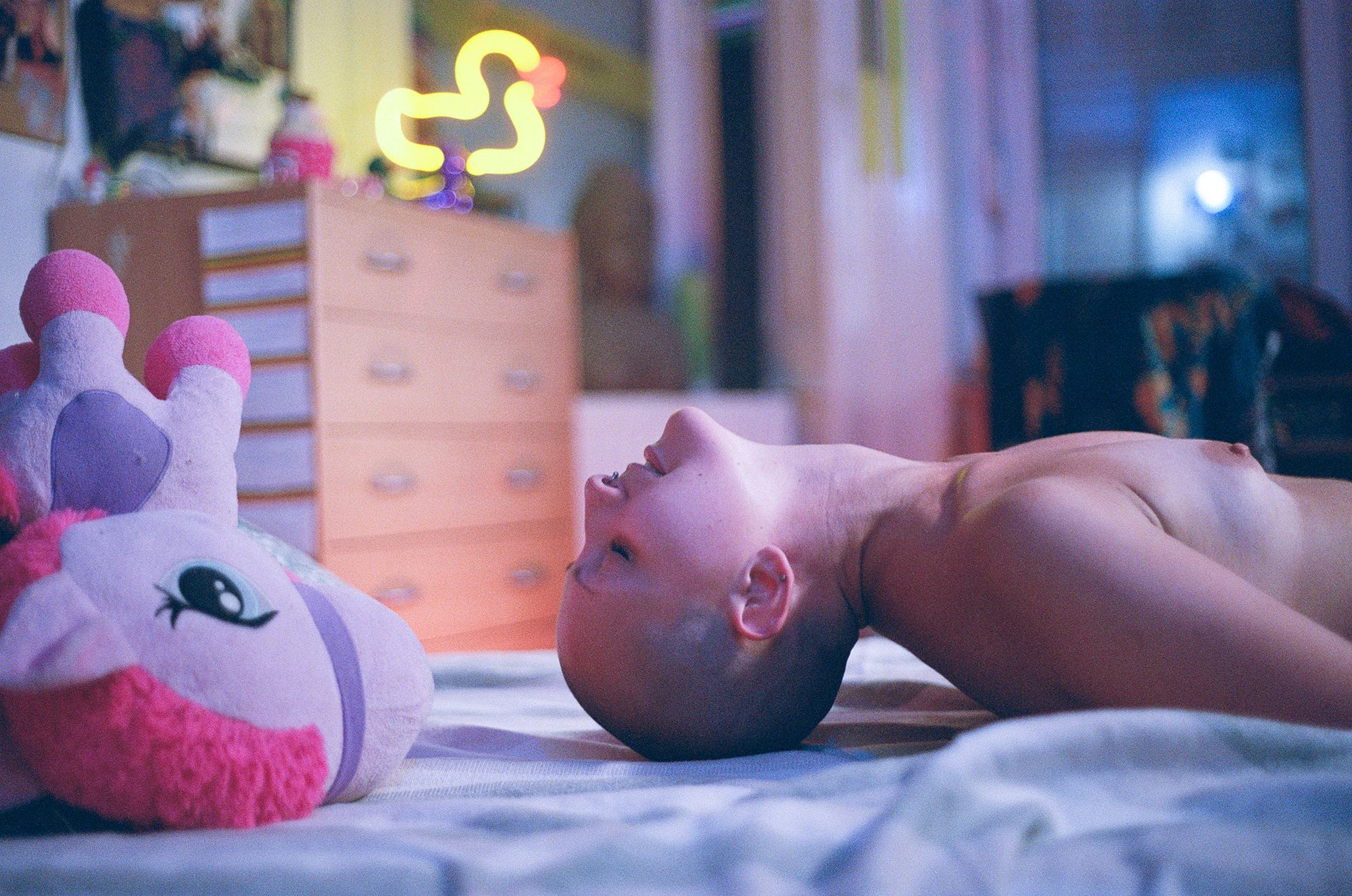
The photos are complemented by quotes. How were these compiled, and how do they relate to the pictures?
I also conducted interviews with the portrait subjects, and the texts are excerpts from these interviews. In the book, the quotes tell a story: it starts with behavioral patterns, traumas, and bad experiences; towards the middle, they manage to take control, and the end is about liberation. In this way, a complex story of development is built up from mutually reinforcing quotes.
The book was published by the renowned Kehrer Verlag. How did this collaboration come about?
In 2019, Foto Wien was advertised with one of my photos, and an employee of theirs, who also worked at Kehrer, gave me his business card. Then in 2021, I won the Robert Capa Grand Prize with this series, and a few months later I wrote to them, and they were immediately interested in publishing it as a book. Eventually, it came together with the contribution of Everybody Needs Art, with the help of supporters.

How did the book get its final form and look?
While making the series, I found my grandmother’s scrapbook from the 1940s, which was an important inspiration. My image of a scrapbook was a collection of kind, funny messages. By comparison, my grandmother’s was—from a contemporary viewpoint—depressing, full of entries suggesting that a woman should remain silent, endure, and suffer, because that makes you noble and valuable. I have thought a lot about how all this affects us. I consulted graphic designer Anna Bárdy a lot, she came up with a lot of ideas on how to utilize the design, the choice of typeface to make it reminiscent of scrapbooks. Like the droplets on the cover, which are important, as they can represent teardrops or other bodily fluids, and the hologram, which shows the diversity of the world and sexuality.

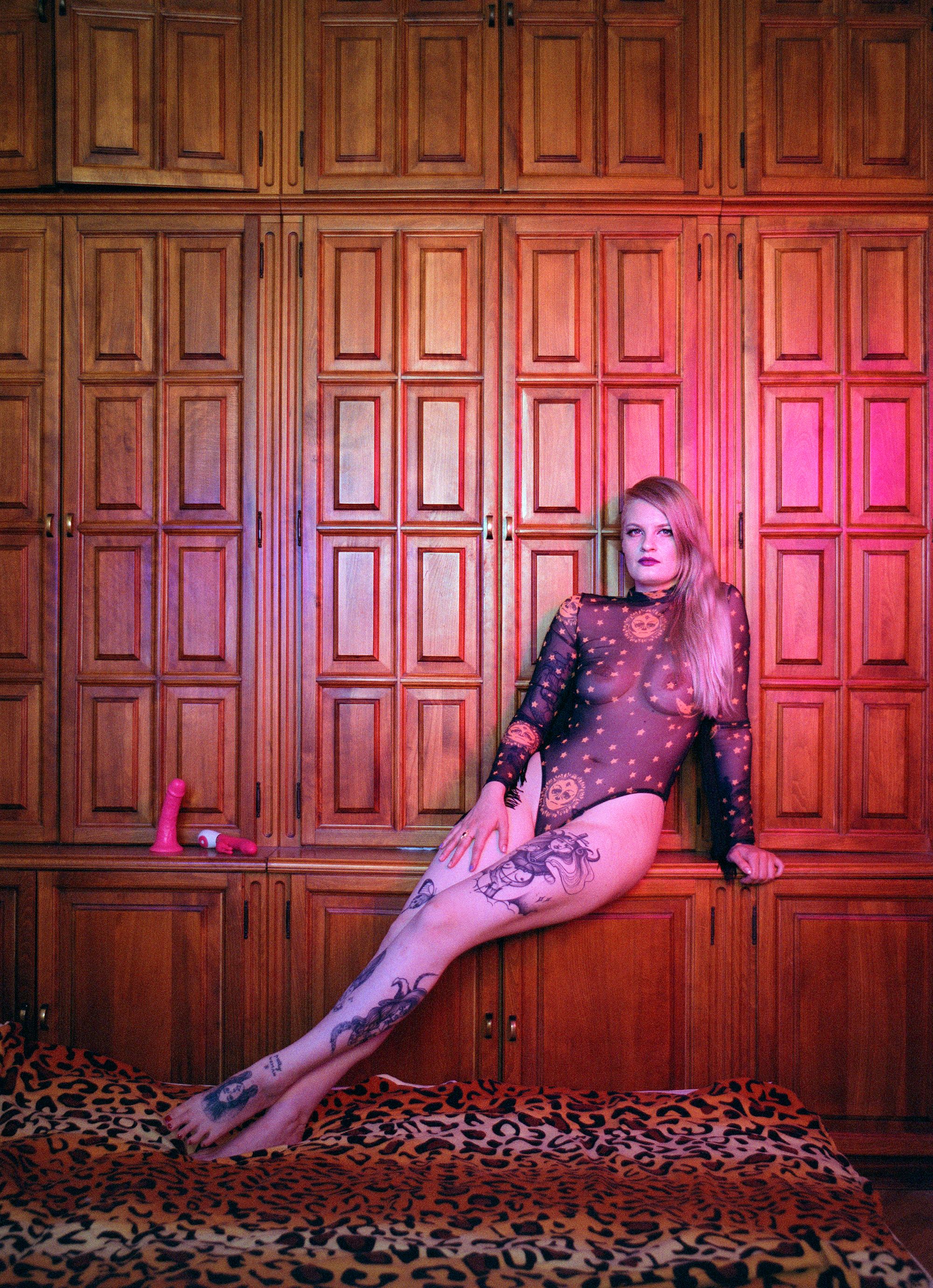
You mentioned several times that girls are brought up to be coy. Were you also raised this way?
Yes, I also found a note from my other grandmother that said, “My little Vicus, stay so kind and modest forever.” I ended up looking at several scrapbooks, and the violet, which is linked to modesty, is in all of them. So in the very first picture, beside a quote from my grandmother’s scrapbook (“Roses are red, violets are blue, modesty makes you a woman of virtue.”) there are uprooted violets with a lacquered gag that prevents speech.
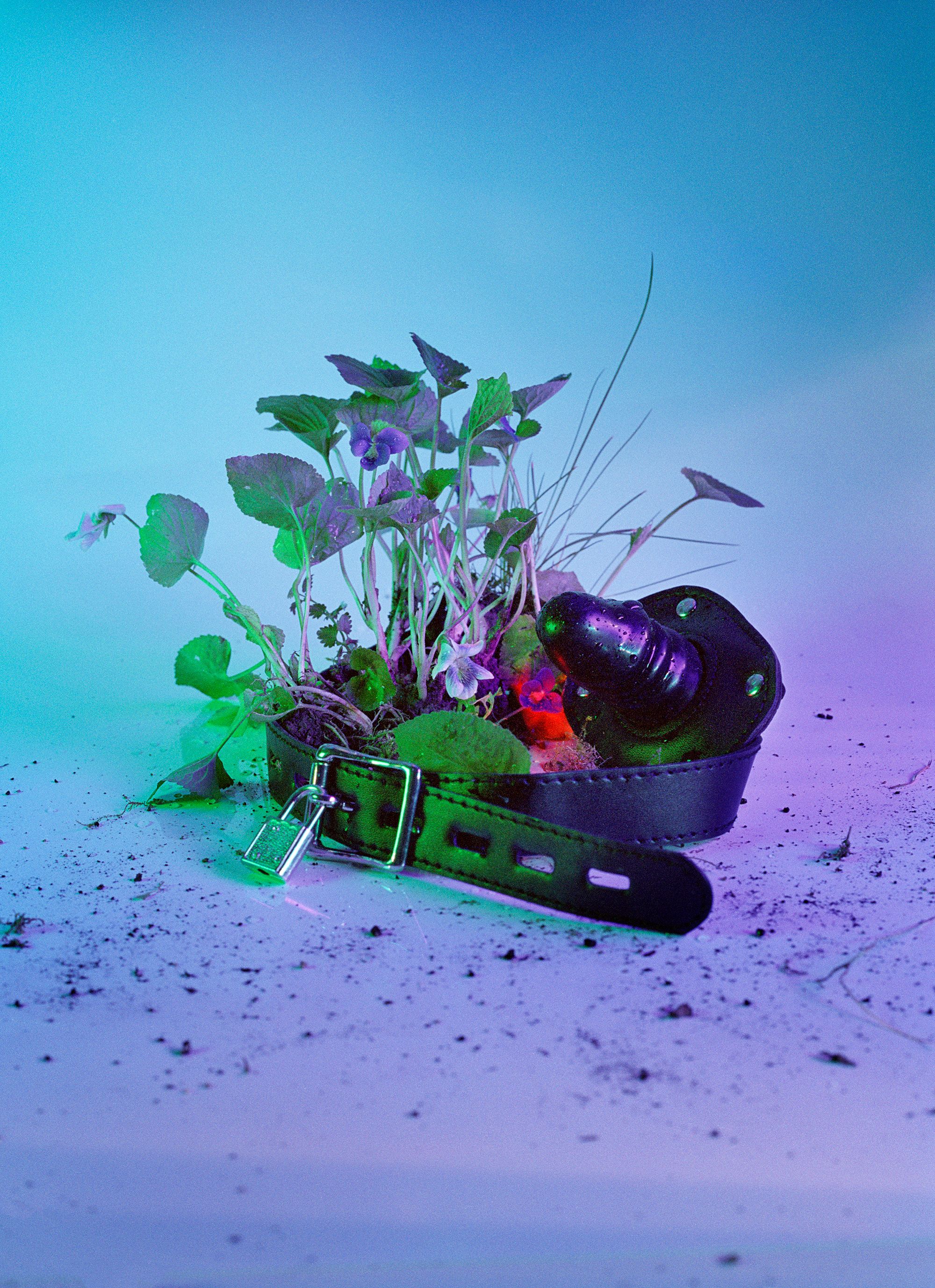
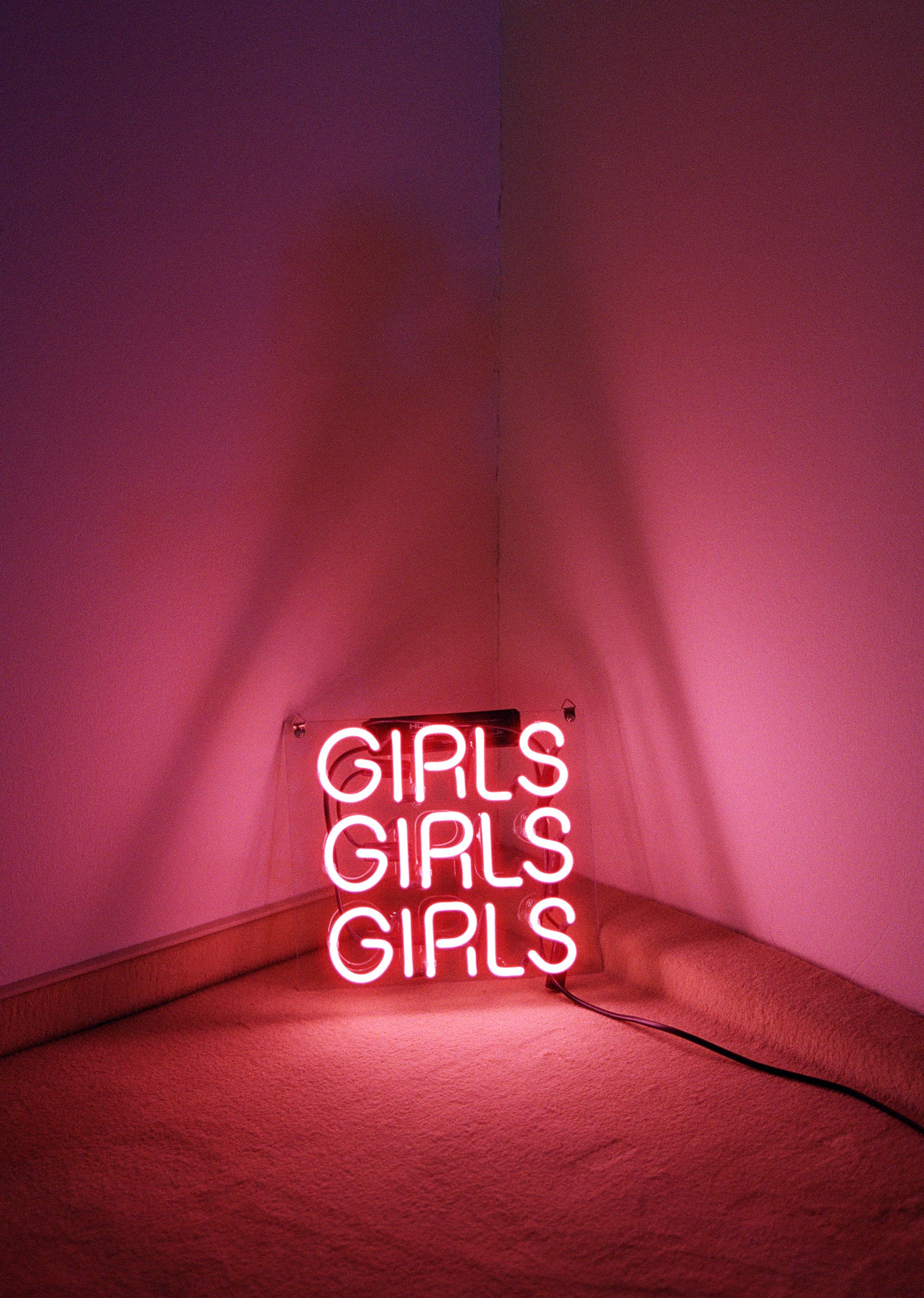
Was the making of the series also a kind of therapy for the girls involved?
I think so. One of the girls, when I asked her why she had volunteered for the series, said that she was tired of the shame that needs to be removed from sexuality because it is making us ill. This idea stuck with me, I think that’s what it’s all about, as women are sexual beings, they have desires (or they don’t) and they don’t need to be ashamed of this. At the same time, it’s sort of a reflection of the wider society, so it shouldn’t stay hidden.
Has it also helped you?
On the one hand, I went to a psychologist during the making of the series, which was a tough self-awareness training, we talked a lot about transgenerational processes and inherited patterns; on the other hand, in many cases, photography is a kind of therapy in itself. I had a conversation with a sex therapist as well as a psychologist, and the latter said that she would give this book to a lot of her patients because there are things in it that come up in therapy all the time. I thought if a professional says this, then it’s probably okay. But ultimately, I wanted to start a broader discourse on this topic, to talk about it, to discuss it. And, of course, to have a lot of good sex!
Éva Szombat: I Want Orgasms, Not Roses
Design: Anna Bárdy
Kehrer Verlag, 2022
The launch of the book in Hungary along with a vernissage will be on 1 December, 5:30pm at Longtermhandstand Gallery.

Czech brand resurrects in a dream-car

The House of Music Hungary was named Building of the Year










